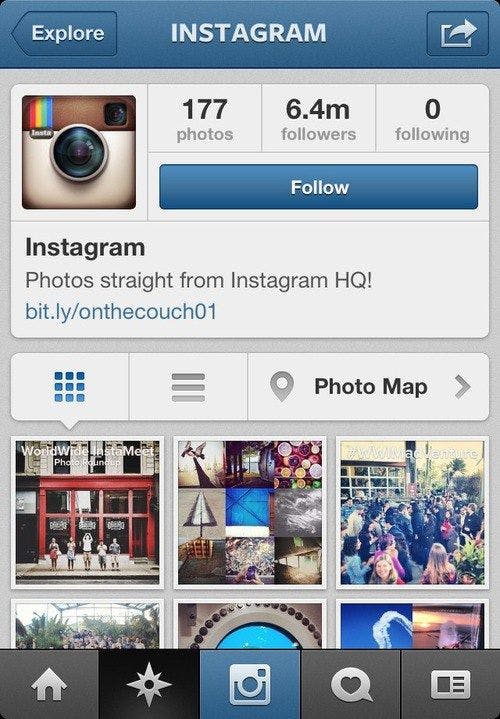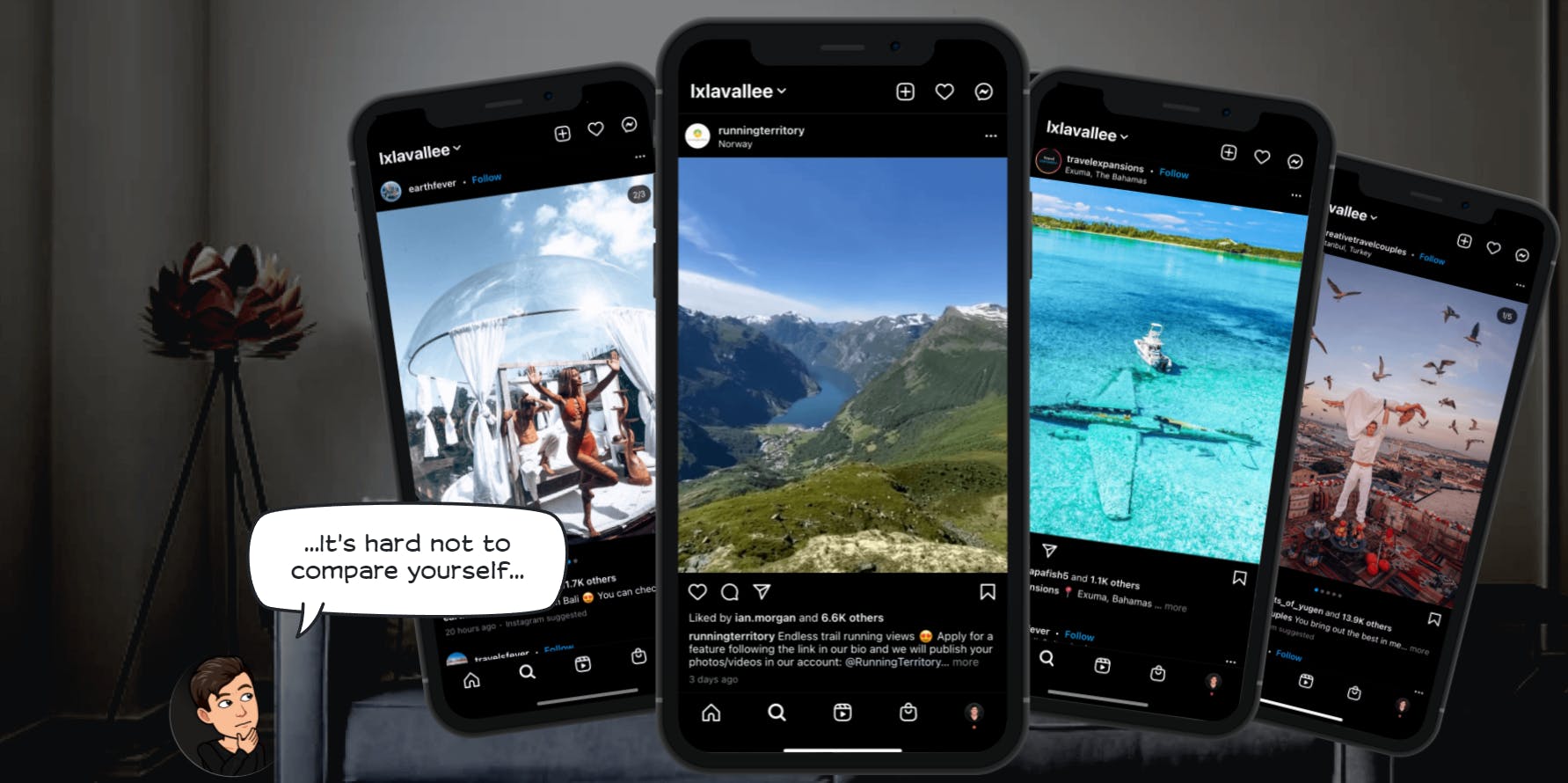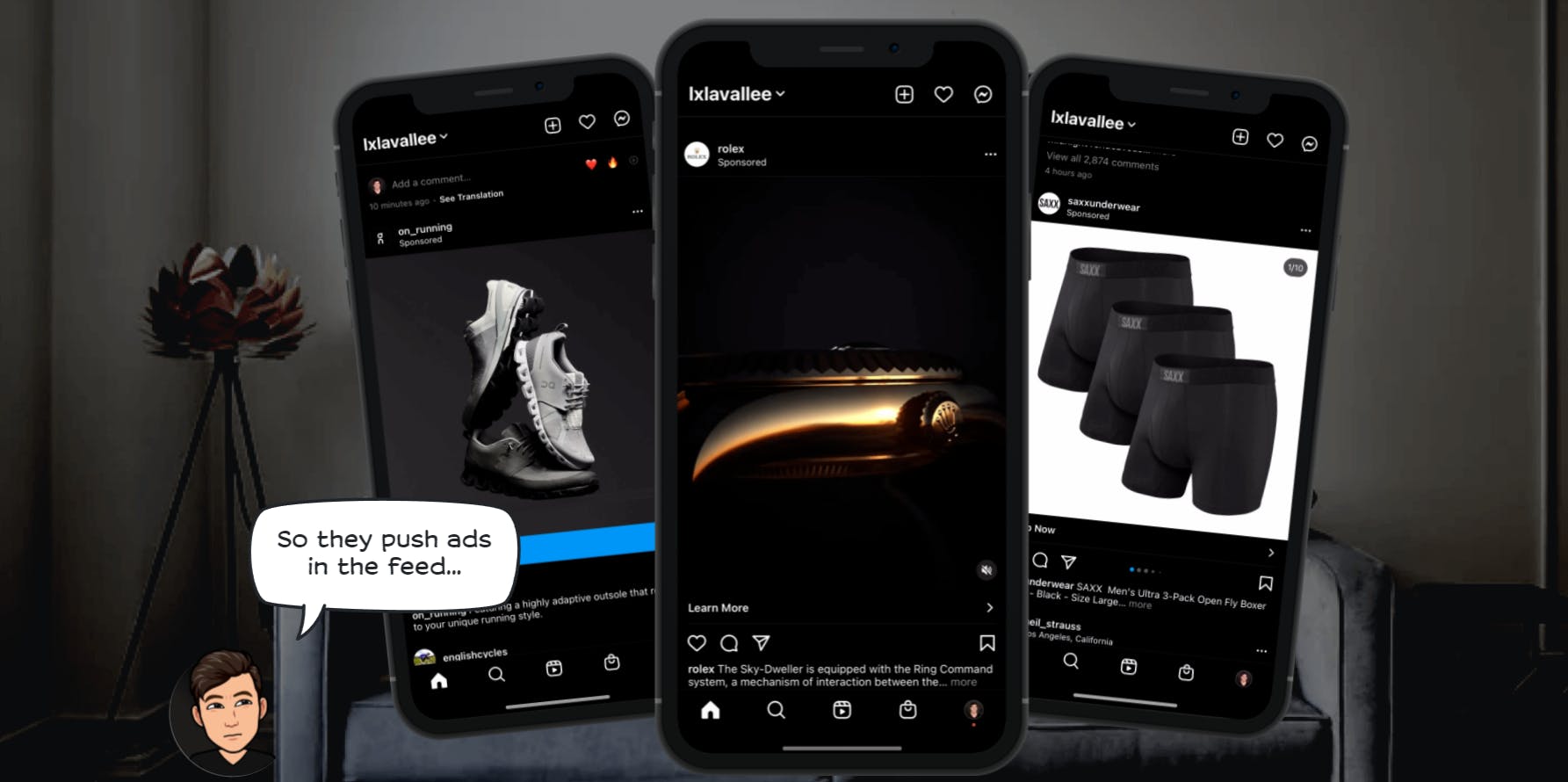Your life is an Instagram Ad : a UX case study
How Instagram ruined user's experience by transitioning to a shopping site from photo blogging platform.
About Instagram
- Instagram is an American photo and video sharing social networking service founded by Kevin Systrom and Mike Krieger.
- Facebook Inc. acquired the service for approximately US$1 billion in April 2012.
- The app allows users to upload media that can be edited with filters and organized by hashtags and geographical tagging. Posts are shared publicly or with pre-approved followers.
How was it initially?

A simple app with a bottom action bar for Feed, Explore, Post, News, and Profile. Simple right?
Until Facebook Inc.(now Meta) acquired it in 2012 and in Nov 2013, it announced sponsored posts and videos.
Now don't get me wrong, sponsorships are great and help the creators to build an income stream.
But then...
What went wrong?
Let's first talk about Internal Triggers and Social Status.
- People take action based on memories or emotions.
- Instagram is the perfect companion when looking for desirability (with a few caveats).
- We constantly measure our social value relative to others. It is the most important incentive and motivating force of social behavior and drives consumption.

Instagram knows that to maintain one's social status, people will shop for new things.
And capitalizing on the FOMO (fear of missing out) and negative emotion, they drove ads right into the personal feeds and in between Stories.

But then they just pushed too hard. Pushed ads after every two to three posts and placed ads in alternate Stories.

Human attention can be quantized. When scrolling the feed, every few posts an ad pops up, it severely affects the attention span. It breaks the flow. This constant switching between content sparks friction and creates a rough user experience for us.
The Human Brain is a beautiful powerhouse.
- It gives itself a magical power: Banner Blindness. Over time it adapts itself to these ads and trains itself to block out ads and ad-like posts.
- But it doesn't stop there. The ads' look and feel have evolved so much that they are now creepily similar to organic posts.
When ads blend into the content that well, the brain gets confused. We block real content and watch ads, giving us a poor experience.
They were not done yet.
They decided to bring ads straight into the organic posts to bridge user experiences.
So you look at your friend's post about his new cycle, can actually "Buy it Now".

That brings us to a question: Have our moments or achievements just become an ad for others?
And then they decided to blur the line between authentic, organic and marketing content. Introducing Instagram Reels Ads as of June 2021.
The cute little scarf that you sees in that beautiful and aesthetic reel video, well you guessed it right, you can "Buy it Now"!
I would like to quote Dan & Louis-Xavier here:
"If we keep optimizing products for profits over humans… Our life could soon become an endless advertisement."
Some key takeaways
- Manipulating negative emotion, insecurities could be profitable but is not ethical. And in the long run it harms the user and creates a negativity towards the platform.
- Moderation is the key. To empathize and serve content which generates positive feedback from all types of users along with revenue should be the prime focus.
- In the long run, ethical evaluation of the product's and platform's goals is necessary. It helps to not overstep the line.
- For products which caters to such massive audience, public wellbeing and experience should be key focus of product designing.
Instagram had a vision of sharing our moments with the world through beautiful photos. But it's gradually becoming a shopping mall with a constant sales pitch.
This opens the arena for other products to do the same thing in a simpler and ethical way and win users.
Thank You for reading this article. This is in part to cultivate my UX writing skills in #100DaysOfUX. I hope it was an insightful read. Contact me on Twitter in case of any copyright infringement.
References:
- Growth Design Case Study Instagram UI Screenshots courtesy Dan & Louis-Xavier @ Growth Design
- Why Instagram Is the Worst Social Media for Mental Health

